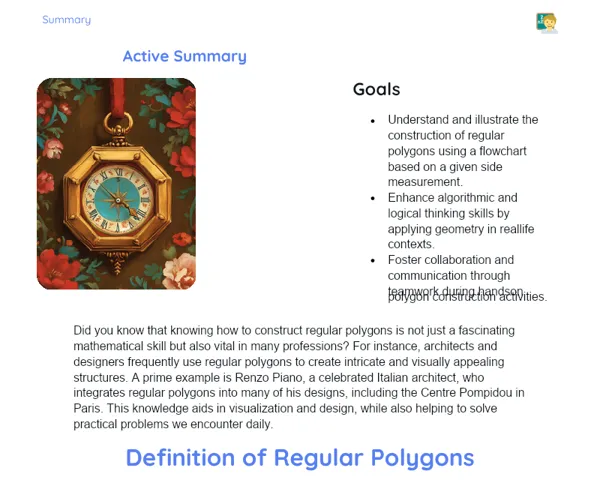Objectives
1. 🌟 Understand and apply addition and subtraction to manage everyday scenarios.
2. 🔍 Identify and calculate missing values in addition and subtraction problems, using logical reasoning and mathematical skills.
3. 🤝 Collaborate in teams to discuss and solve mathematical challenges, enhancing communication and teamwork.
Contextualization
Have you ever considered how calculating missing values is beneficial in various everyday tasks? Whether it's planning a family gathering and checking how many guests are yet to confirm, or figuring out the ingredients required while cooking your favorite dish. Mathematics is deeply embedded in our lives, and mastering these calculations can greatly improve how we tackle daily challenges!
Important Topics
Addition
Addition is a basic mathematical operation that signifies combining quantities to arrive at a total. In simple terms, adding refers to bringing together two or more numbers to find the overall amount. In our daily lives, we regularly add figures, whether it's while shopping or distributing tasks among classmates.
-
Grasping the concept of addition helps in planning and organizing daily tasks that involve combining numbers.
-
Practicing addition enhances mental calculation skills, which are crucial for quick problem-solving.
-
A thorough understanding of addition lays the groundwork for grasping more complex operations like multiplication and division.
Subtraction
Subtraction is the opposite of addition, used to find the difference between two numbers. It’s essential in situations where we need to establish what remains after deducting a quantity from another. For instance, when budgeting, we subtract the cost of an item from our total funds to see how much money is left.
-
Subtraction promotes critical thinking by encouraging students to evaluate situations and decide on solutions.
-
It plays a key role in managing scarcity or limits, assisting in resource management.
-
Boosts problem-solving abilities, which are essential in everyday life and professional environments.
Missing Values
Understanding and calculating missing values in addition and subtraction is a skill that empowers students to tackle more intricate problems. This approach is often applicable in scenarios where part of the data is absent but can be inferred from the existing information. For example, while planning a journey, we can compute the remaining distance by subtracting the distance we’ve already covered from the total distance.
-
Enhances the ability to infer and complete information gaps, which is vital for addressing a variety of problems.
-
Crucial for the practical application of mathematics, as real-life situations frequently involve identifying unknown variables.
-
Deepens the understanding of mathematical concepts by putting theory into practice, reinforcing learning through practical examples.
Key Terms
-
Addition: An operation that combines two or more numbers to get the total.
-
Subtraction: An operation that finds the difference between two numbers, indicating what remains after one quantity is deducted from another.
-
Missing Values: Unknown elements in addition and subtraction problems that, when calculated, complete the operation to yield a result.
For Reflection
-
How might you use the concept of missing values in your everyday life to solve a recurring problem?
-
Why is it vital to comprehend both addition and subtraction when calculating missing values?
-
In which ways could the ability to calculate missing values assist in planning or managing resources?
Important Conclusions
-
Today, we delved into the intriguing realm of addition and subtraction, with a focus on identifying and calculating missing values. We learned that these skills are not just vital in mathematics but play a significant role in everyday situations, aiding in solving practical problems and facilitating informed decisions.
-
We recognized that mathematics is ever-present in our surroundings, and mastering these operations equips us with critical thinking skills necessary for solving everyday challenges.
-
Understanding the importance of each operation and their synergy is essential for cultivating advanced mathematical skills, ultimately preparing us for future ventures.
To Exercise Knowledge
- Missing Values Journal: Maintain a journal for a week documenting instances where you needed to calculate a missing value, such as the amount needed to finalize a purchase or the time required for a task. Aim to solve these issues using addition and subtraction.
- Treasure Hunt at Home: Hide a small 'treasure' at home and create clues with mathematical problems involving missing values for your family or friends to crack.
- Planning Map: Sketch a map to plan a hypothetical event, like a picnic. Use missing values to calculate requirements such as snacks, beverages, and decorations, basing your event planning on these calculations.
Challenge
🚀 Supermarket Challenge: Imagine you have a limited budget for groceries. Draft a shopping list with made-up prices and a maximum total that you cannot exceed. Challenge yourself to determine the missing values for each item using addition and subtraction, and see if you can maximize your purchases without breaching your budget!
Study Tips
-
Engage with board games that involve addition and subtraction for a fun learning experience. Games like 'Monopoly' and 'The Game of Life' are fantastic options.
-
Check out educational videos on addition and subtraction involving missing values on platforms like YouTube. Many educators craft dynamic content that can enhance your understanding of these concepts.
-
Practice with exercises from your textbook or specialized math websites, attempting to identify and solve missing values across various contexts like money, time, or measurements.



